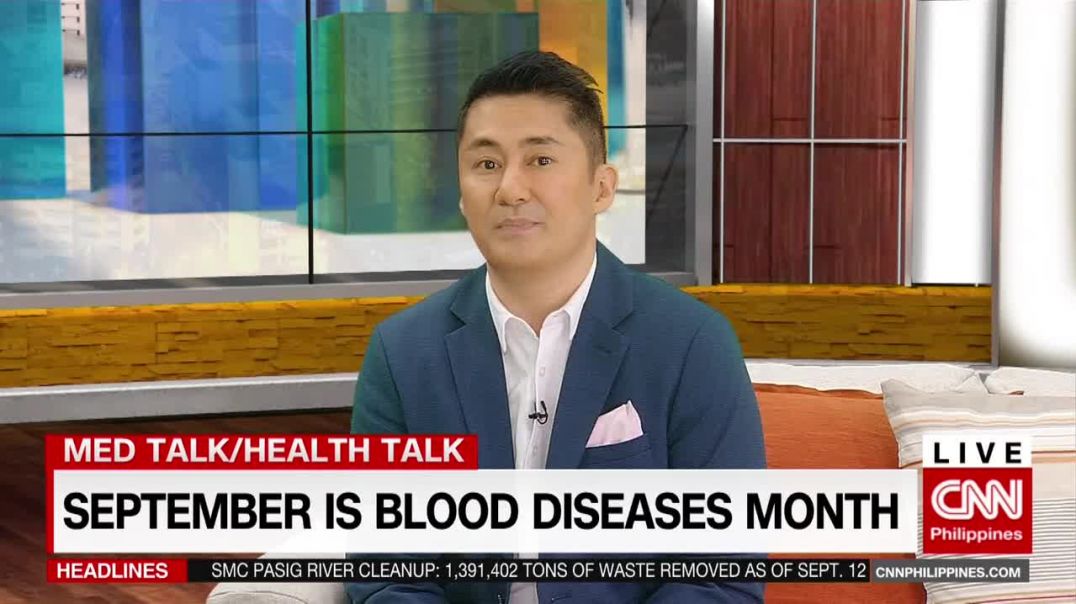What is Acute Lymphocytic Leukemia?
Acute lymphocytic leukemia (ALL), also called acute lymphoblastic leukemia, is a cancer that starts from the early version of white blood cells called lymphocytes in the bone marrow (the soft inner part of the bones, where new blood cells are made). The term “acute” means that the leukemia can progress quickly, and if not treated, would probably be fatal within a few months. Lymphocytic means it develops from early (immature) forms of lymphocytes, a type of white blood cell. ALL is the most common type of cancer in children. Possible risk factors for ALL include Being male Being white Previous chemotherapy treatment Exposure to radiation And for adults, being older than 70 3: Symptoms of ALL include:Weakness or feeling tired Fever Easy bruising or bleeding Bleeding under the skin Shortness of breath Weight loss or loss of appe****e Pain in the bones or stomach Pain or a feeling of fullness below the ribs Painless lumps in the neck, underarm, stomach, or groin 4: Tests that examine the blood and bone marrow diagnose ALL. They are 1. Blood tests. Blood tests may reveal too many white blood cells, not enough red blood cells and not enough platelets. 2. Bone marrow test. 3. Imaging tests. 4. Spinal fluid test Treatments include chemotherapy, radiation therapy, stem cell transplants and targeted therapy. The drugs known as targeted therapy help stop cancer from growing and spreading. They work by targeting specific genes or proteins. These genes and proteins are found in cancer cells or in cells related to cancer growth, like blood vessel cells. Targeted therapy uses substances that attack cancer cells without harming normal cells. Once the leukemia is in remission, you need additional treatment to make sure that it does not come back.























SORT BY-
En Çok Yorumlananlar
-
Son Yorumlar